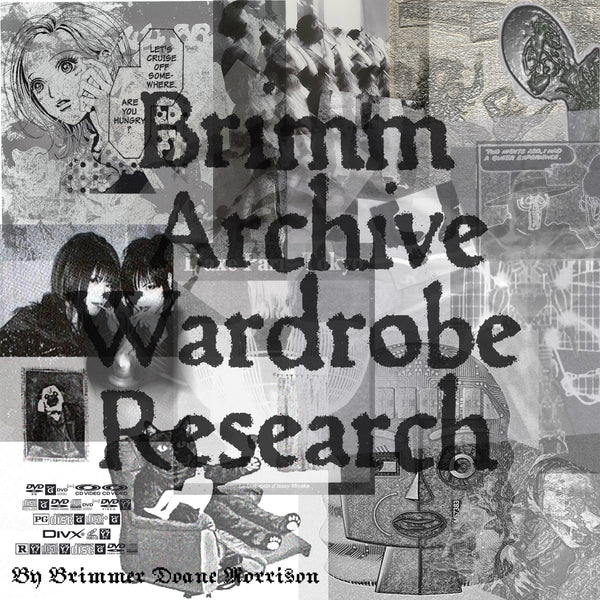Code Lyoko is a French cartoon created by Thomas Romain and Tania Palumbo and produced by the MoonScoop Group. At the beginning of the story, Jeremy Belpois finds a super-computer in which he finds the virus X.A.N.A. and a girl named Aelita trapped inside the virtual world of Lyoko. The plot then follows several teenagers who are friends of Jeremy’s as they fight against a virus named X.A.N.A., which they do by entering Lyoko. The virus is constantly trying to create massive disasters in the real world through the power of online communication like trying to blow up a nuclear reactor. This is an issue that right off the bat is similar to issues in Japan with its history of natural and unnatural disasters. France had just started to go nuclear after the oil crisis of 1974 and this anime reflects the concerns of an electronic and nuclear age that France in particular was going through at the time. Code Lyoko as a whole is one of many shows produced by and for western audiences that copies Japanese animation and structure very directly. Not only is the plot structure similar to generic anime genres like Shonen where the main characters have extraordinary powers and battle technological dangers, but it is also similar with the development of characters via a school setting. The principal of the school is even created to look like Hayao Miyazaki. The cartoon takes place at Kadic Academy, an international French school where the international aspect of the school lets the cartoon get away with Japonisme in their character design. Regardless of gender or perceived race, all the characters have very thin eyes and slim feminine figures. These traits are prime examples of how the west orients and exoticizes Japanese figures.




I would argue that the style of clothes they wear and their appearances, the Japanese influence is extremely visible. The outfits that came from Japan in the early 2000’s from magazines like Fruits, created by Shoichi Aoki, featured wild pattern combinations, personalized cuts of fabric, tight mesh tops, dyed hair, gender-bending styles and bulky shoes. More often than not the styles came from look books from designers such as Vivienne Westwood and Hysteric Glamour. In the fashion world at the time of Code Lyoko’s creation in 2003, the scene we now know as Y2K was similarly all about low rise pants, thin bodies, tight clothes such as mesh tops, cropped clothes, as well as cargo pants that offset the tighter tops. The combination of Japonisme and the fetishization of Japanese bodies has a direct correlation with the slim feminine bodies of all the main characters. All of the characters share the Y2K fashion and features of Japonisme. The character that might be the most obvious representation of Y2K fashion is Elizabeth “Sissy” Delmas. She plays a role as the hot and often demanding upperclassman who is the principles daughter and wears skirts over jeans, and tight baby tees. Character Odd Della Robbia showcases these well with a look that could be out of Fruits, especially the costume aspect of his CGI character design when he enters Lyoko. The transition between worlds is represented by a change in graphics from 2D animation for the real world to 3D CGI animation when they enter Lyoko. His Lyoko costume is that of a cat, and a feminine one at that. The other two characters that enter Lyoko are Ulrich Stern and Yumi Ishiyama. Both have fairly normal wardrobes in the show until they enter Lyoko. Ulrich turns into a samurai look-alike and wields a katana, whereas Yumi is designed to look like a geisha with an obi sash.

I believe that the role of fashion combined with the character's bodies play a very important role in the success in this show because it combines various aspects of cultural exchange and orientalism that had been happening for a long time. Anime had recently gotten popular in the west and the Y2K movement is a very specific and profound moment in fashion because of the explosion it had for street culture and fashion for the average person. Almost more importantly, the feminine Japanese figures of all the main characters contributes to the west’s exoticization of Japanese bodies and by doing so, makes the show much more popular to a larger western audience. I am not saying that this is a good thing nor am I saying that this is necessarily appropriation because of the obvious adoration for anime, but it does perpetuate the issue of exoticizing Asian bodies in western media. Although this issue is ever present, what I find interesting in Code Lyoko the incorporation of Asian and French styles and aesthetics. The cultural synchronization creates an amazing show with the French political issues that are brought up through the virus X.A.N.A, but more importantly because of the fashion and aesthetics that it portrays.

